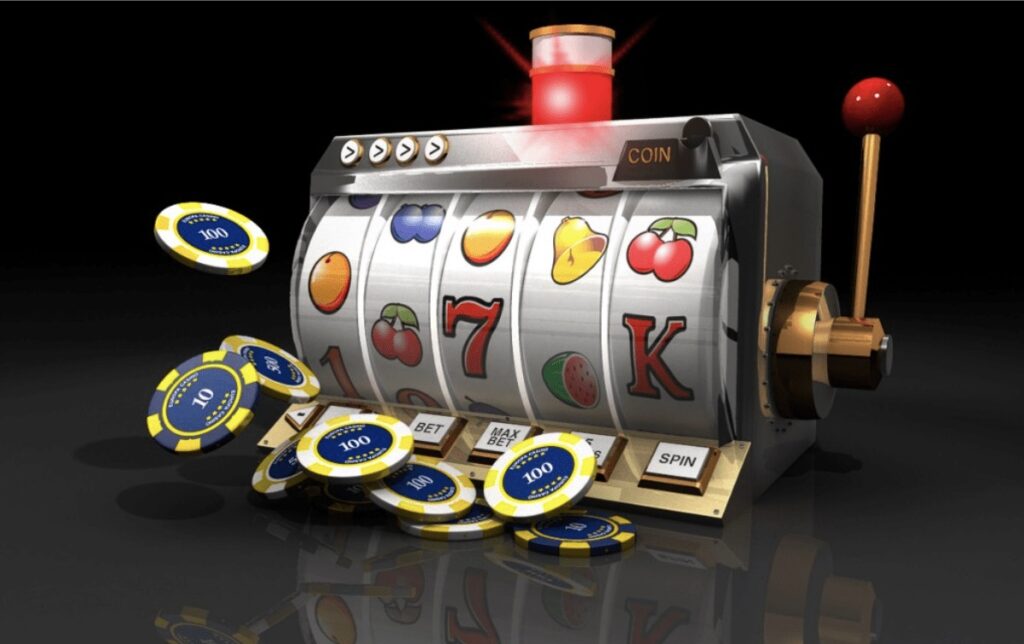Why use the squeeze technique in baccarat? Art of revealing cards slowly

The deliberate unveiling of cards transforms ordinary baccarat into a theatrical performance. When players employ the squeeze technique, they elevate mechanical card revelation into ritualistic art, extending moments of anticipation that would otherwise pass in seconds. prn.fm notes the unique decision-making patterns that differentiate baccarat from other popular games.
High-stakes asian gaming
The squeeze emerged from high-limit rooms across Asia where wealthy players sought to extend excitement beyond the brief moment standard baccarat hands typically occupy. Occasional behavior among eccentric gamblers evolved into standardized practices that are now incorporated into dealer training programs at premium properties worldwide. The practice spread globally as the influence of Asian gaming expanded, particularly through VIP rooms catering to international high rollers.
Traditional squeeze rights belong exclusively to whichever player placed the largest wager on the hand being revealed. This hierarchy creates an additional incentive for substantial betting beyond potential monetary returns, as controlling the squeeze bestows momentary power and attention from others at the table. In games where players rotate dealing responsibilities, the squeeze privilege represents recognition of temporary banker status and associated prestige.
Executing the perfect squeeze
The technique involves precisely choreographed movements following specific sequences. Players typically begin by examining card edges, looking for partial numbers or symbol visibility without revealing full values. They then proceed through careful rotation, pressing card centres to bend without creasing and gradually exposing critical areas, indicating numerical value.
Experienced practitioners develop distinctive personal styles immediately recognizable to regular observers. Some prefer quick peeks at corners followed by dramatic full revelations, while others implement extended sequences examining multiple card edges before final exposure. These idiosyncratic approaches become signature elements associated with specific players, particularly in high-limit environments where regular participants develop reputations based partly on their squeeze techniques.
Social dimensions and table dynamics
Beyond individual psychological benefits, the squeeze creates distinctive social dynamics unique to baccarat. Spectator positions often develop around squeeze practitioners, with non-participating players gathering to observe particularly skilled or entertaining revelation techniques. These audience formations create community experiences absent from individually focused games like blackjack or roulette.
Status hierarchies emerge through squeeze rights, with larger bettors commanding deference from others at the table. This visibility of betting power through physical privilege rather than chip accumulation distinguishes baccarat from other table games. The resulting social recognition satisfies status needs, driving many high-limit players beyond potential monetary gains. Modern participants recognise that an effective squeeze technique communicates gaming sophistication independently from betting volume. Even modest bettors occasionally controlling squeezed cards can demonstrate belonging among experienced players through proper execution. This skill display provides social acceptance pathways unavailable through other baccarat elements, where experience confers no particular advantage.
The squeeze technique transforms baccarat from a mathematical exercise into a multisensory ritual, combining visual, tactile, and social elements into the unified gaming experience. By embracing this ceremonial aspect, players unlock emotional and psychological dimensions transcending the simple monetary exchange characterising most casino transactions. This transformation explains why baccarat inspires passionate devotion among practitioners in ways mathematical structure alone cannot justify.








